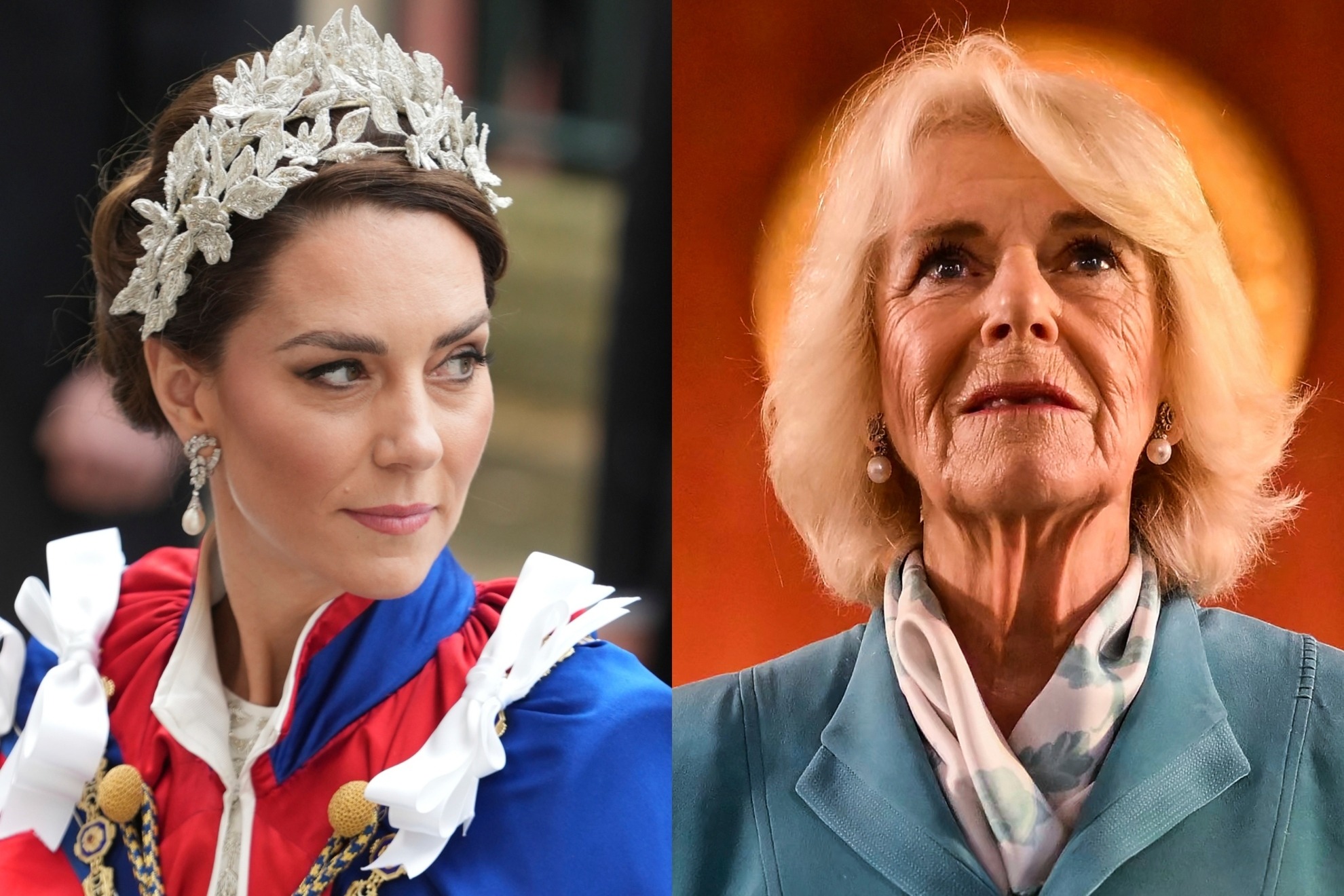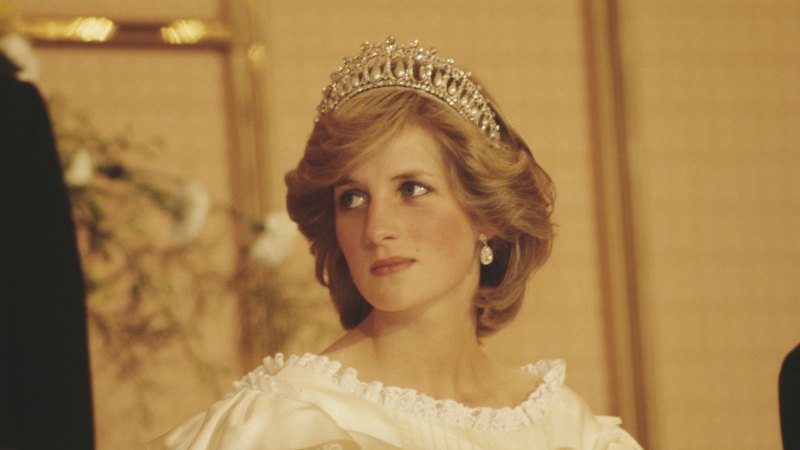Buckingham Palace has confirmed that Princess Catherine, the Princess of Wales, will take on an expanded role within the Royal Family. The announcement, issued earlier this week, outlines her increased responsibilities in state, ceremonial, and charitable functions — a move widely seen as part of King Charles III’s long-term vision for the monarchy.
The Official Announcement
In a statement published on Royal.uk, the Palace shared that the Princess of Wales will “undertake a greater share of ceremonial duties, representing the Crown at key state occasions and supporting His Majesty in a senior capacity.”
The statement emphasized that this development is intended to strengthen the continuity of the Royal Family’s public service commitments. Queen Camilla, who currently serves as Queen Consort, remains fully engaged in her role and continues to support the King in both domestic and international duties.

A Natural Progression in Royal Duties
Royal analysts have noted that Catherine’s increased responsibilities are a natural evolution of her role since becoming Princess of Wales in September 2022, following the passing of Queen Elizabeth II and the accession of King Charles III.
For more than a decade, Catherine has steadily taken on greater public engagements alongside her husband, Prince William, the Prince of Wales, who is first in line to the throne. According to the Court Circular, the official record of royal engagements, Catherine has represented the Crown at events ranging from state banquets and Remembrance Day services to major charitable initiatives.

Public Service and Charitable Focus
Catherine’s expanded role will also strengthen her involvement in causes she has championed for years. Through The Royal Foundation of The Prince and Princess of Wales, she has led initiatives addressing early childhood development, mental health, and addiction recovery.
Her Shaping Us campaign, launched in 2023, has focused on the importance of the first five years of a child’s life and the long-term impact on individual and societal wellbeing. The campaign has received praise from experts, including representatives of the Royal College of Midwives and NSPCC, for raising public awareness on a crucial issue.
A Modern Royal Image
Public opinion polls conducted by YouGov UK consistently place Princess Catherine among the most popular members of the Royal Family, often with approval ratings above 70%. Supporters cite her approachable manner, consistent dedication to her patronages, and ability to connect with people from all walks of life.
Royal historian Professor Kate Williams has described Catherine’s approach as “a balance of tradition and modernity — preserving the values of the monarchy while adapting to 21st-century expectations.”

Queen Camilla’s Continued Role
While some media commentary has attempted to frame this development as a “replacement,” Buckingham Palace has made clear that Queen Camilla will continue to fulfill her duties as Queen Consort. She remains actively involved in her patronages, particularly those relating to literacy, osteoporosis awareness, and animal welfare.
Queen Camilla’s public schedule, published monthly on the official Royal Family website, includes state engagements, overseas visits, and support for charitable organizations she has been associated with for decades.
The Importance of Ceremonial Representation
In the British constitutional monarchy, ceremonial roles are vital to maintaining the institution’s public presence and symbolic continuity. These duties include:
- Attending state banquets and welcoming visiting heads of state
- Representing the UK at major national events and commemorations
- Supporting charitable and cultural organizations as patron
- Participating in religious and military ceremonies
By increasing the Princess of Wales’s participation in these activities, the monarchy ensures that its most senior figures remain highly visible and engaged with the public.
Historical Context
It is not unusual for the spouse of the heir apparent to take on duties traditionally associated with the Queen Consort. Diana, Princess of Wales, in the 1980s and 1990s, played a similar role in public life, representing the Crown at hundreds of events annually.
In the case of Princess Catherine, this gradual transition has been carefully managed over the years. Since her marriage to Prince William in 2011, she has grown from a supporting royal presence to one of the monarchy’s leading representatives.
Public Reaction
Following the announcement, reactions on social media and in British press coverage have been overwhelmingly positive. Many royal watchers see the move as a logical step, given Catherine’s strong public approval and proven track record in both formal and informal engagements.
Commentators in The Times and The Telegraph have noted that this change also helps prepare the Princess of Wales for her eventual role as Queen Consort when Prince William ascends the throne.
The Road Ahead
Looking ahead, Catherine’s schedule is expected to include a mix of ceremonial appearances, state representation, and hands-on work with her charitable projects. The Palace has indicated that her role will be flexible, allowing her to balance increased duties with her responsibilities as a mother to Prince George, Princess Charlotte, and Prince Louis.
The expansion of her position also reflects King Charles III’s vision for a “slimmed-down” but highly active royal team — a model designed to focus on impact, cost-efficiency, and connection with the public.
Conclusion
The announcement of Princess Catherine’s expanded royal role marks a significant moment for the modern British monarchy. It reaffirms her status as a key public figure, trusted by both the King and the public, and poised to play an even greater part in the monarchy’s future.
With her track record of service, her commitment to family-focused and societal issues, and her ability to resonate with people across the UK and the Commonwealth, Catherine stands as a central figure in the next chapter of royal history.
As Buckingham Palace continues to adapt the Royal Family’s structure to meet contemporary expectations, the Princess of Wales’s elevated duties signal a commitment to continuity, tradition, and meaningful public engagement.
Verified Sources:
- Royal.uk – The Princess of Wales
- Royal.uk – Queen Camilla
- The Royal Foundation
- NSPCC – Shaping Us Campaign Support
- YouGov – Royal Family Popularity Tracker


